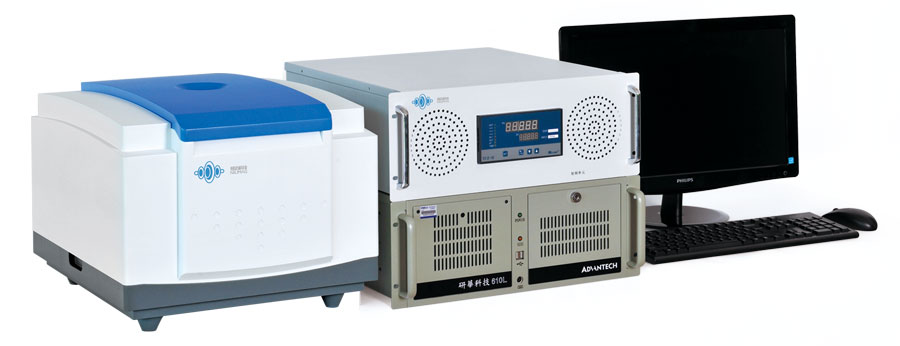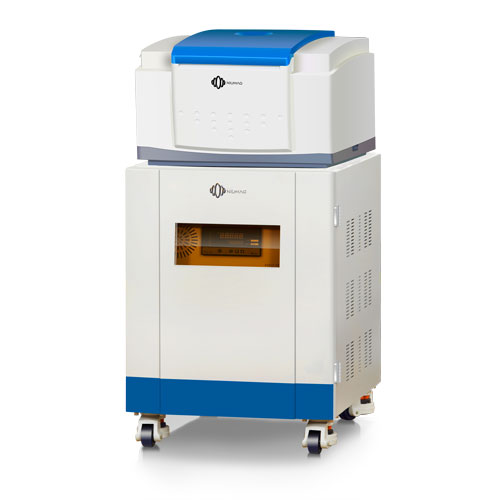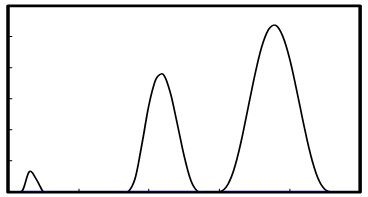Niumag Benchtop NMR Application for Food
There is a class of physically small, benchtop NMR instruments available, useful for dedicated quantitative analysis and R&D, These instruments are pulsed, time domain NMR with small size, they are also called benchtop NMR, RMN de campo bajo.
Benchtop NMR uses a permanent magnetic field and radio frequency (RF) energy to look at NMR sensitive hydrogen nuclear. In response, RF signals are generated by the sensitive nuclear and the signals are detected by benchtop NMR. The amplitude and duration of these signals are related to the properties of the sample. Unlike other spectroscopic techniques, Benchtop NMR is unaffected by sample color and surface properties. And it is a nondestructive and non-invasive measurement that requires no sample preparation, particularly useful for routine analysis and process evaluation in food industry and science research.
1. Solid Fat Content Determination by Niumag benchtop NMR
En la industria alimentaria, Contenido de grasa sólida (SFC) measurements are described in official methods by AOCS. In the standard SFC application in the dairy industry or the edible oil industry, the SFC of a fat composite sample is measured as a function of sample temperature to obtain melting curves as shown in Figure 2.
A typical direct solid fat measurement by Niumag benchtop NMR uses enough sample to fill a 10 mm tube to a height of about 2.5 cm. The actual NMR measurement takes only 10 seconds with rapidly and accurately.
seeds and seeds residues have become international standard methods (ISO CD 10565 and ISO CD 10632),In seeds, oil and water molecules all have hydrogen and they all contribute to NMR signals. In dried seeds, the water molecules are bound and the mobility of the water molecules is much more restricted than that of oil molecules which remain free in the seeds.
Therefore the water in the seeds has a short relaxation time, T2, while the oil has a long relaxation time. Using the spin echo method as shown in Figure 3, the FID signal amplitude S1 is measured at 0.05ms after a 90°pulse, and the echo amplitude S2 is measured at 2t = 7.0 EM, where t = 3.5 ms is the delay between the 90°and 180°pulses. S1 represents the sum of the moisture and oil signals, S2 is proportional to the oil content, and the difference, S1 – S2, is proportional to the moisture content.
It can be seen from the discussion above that NMR relaxation T2 can be treated as an indicator of molecular mobility. A new approach has been explored to use a “continuous distribution of T2 to study the thermodynamics of complex systems.
The distribution and mobility of protons in food products are well reflected by LF-NMR. Because of the different microenvironments that the protons experience, LF-NMR can also be regarded as a powerful tool to study the microstructural properties of food matrix. LF-NMR measurements are successfully applied in the quality control of various types of food, particularly meat.
 mohoso
mohoso


